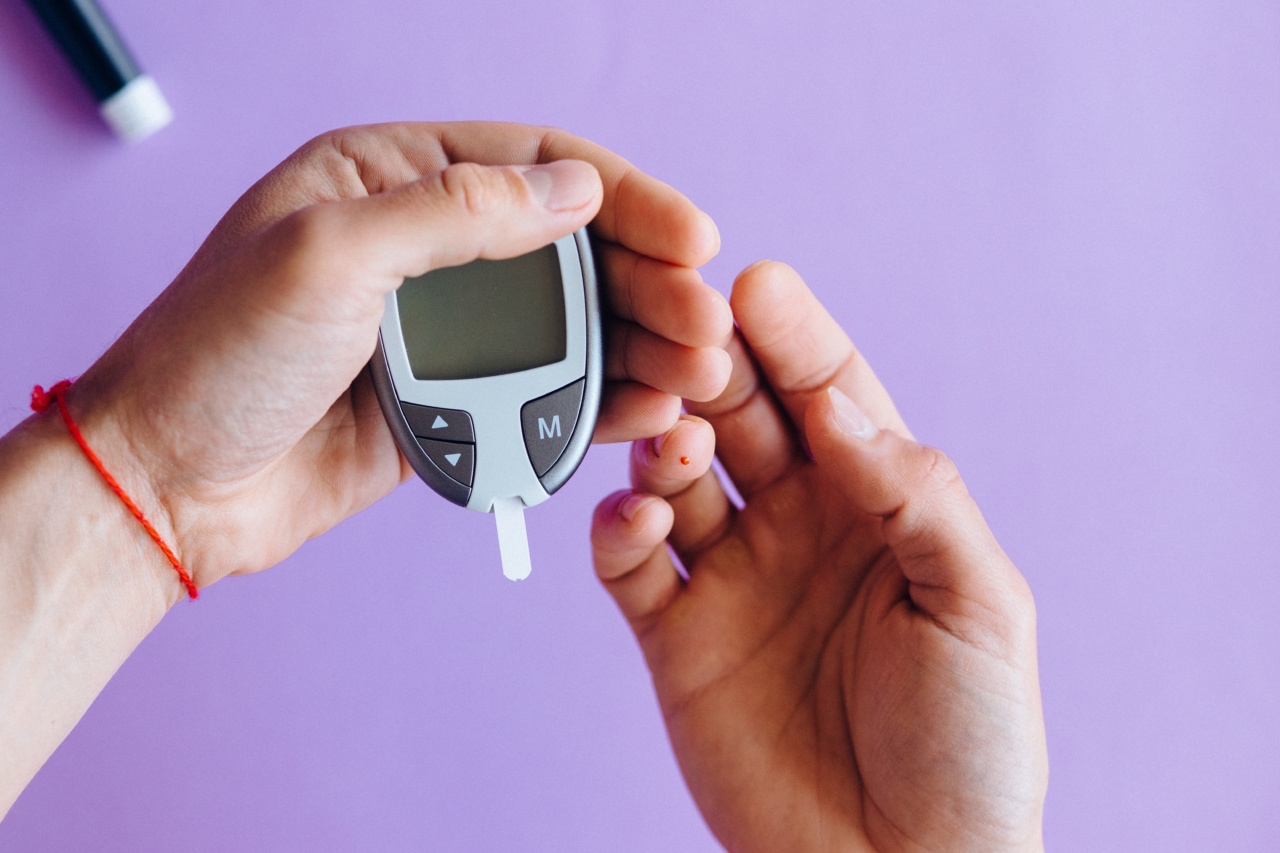Diabetes is a chronic disease affecting about 30.3 million Americans. Type 2 diabetes is the most common form, accounting for 90% to 95% of cases. Type 2 diabetes usually affects adults but can occur at any age.
Uncontrolled or poorly managed diabetes can lead to several health problems, including nerve damage, kidney disease, eye problems, cardiovascular disease, and stroke.
To control diabetes, people with the disease may need to take several medications, change their diet, exercise regularly, and monitor their blood glucose levels.
Glucose monitoring involves pricking the finger and drawing blood several times a day to measure blood glucose levels. Blood glucose levels that are too high or too low can lead to dangerous complications.
Researchers have been working on developing an artificial pancreas to help control blood glucose levels in people with type 2 diabetes. The artificial pancreas combines a continuous glucose monitor (CGM) and an insulin pump.
The CGM measures the blood glucose levels, and the insulin pump delivers insulin to keep the levels in range.
Artificial Pancreas test
A recent study published in JAMA Network Open demonstrated the effectiveness of the artificial pancreas in managing blood glucose levels in people with type 2 diabetes.
The study was conducted at Massachusetts General Hospital and involved 44 adults with type 2 diabetes who were taking insulin.
The participants were randomly assigned to either the artificial pancreas group or the control group. The artificial pancreas group received the closed-loop system, which included an insulin pump and a CGM that communicated with each other.
The insulin pump delivered insulin when the CGM detected that the blood glucose levels were elevated. The control group continued their usual treatment, which included self-monitoring of blood glucose, multiple daily injections of insulin, and adjustment of insulin doses based on blood glucose readings.
The study lasted for 24 weeks, with the primary endpoint being the percentage of time with blood glucose levels in the target range of 70 to 180 mg/dL.
The researchers found that the participants in the artificial pancreas group spent significantly more time in the target range, with a median of 73.5% compared to 59.1% in the control group. The participants in the artificial pancreas group also had lower average blood glucose levels and less significant hypoglycemia than the control group.
Implications of the study
The study’s findings suggest that the artificial pancreas may be an effective and safe option for managing blood glucose levels in people with type 2 diabetes, especially those who require insulin therapy.
The closed-loop system can automate the insulin delivery process, reducing the risk of human error and minimizing the burden of self-monitoring and insulin injections. The artificial pancreas can potentially improve glycemic control, reduce the risk of complications, and enhance the quality of life for people with type 2 diabetes.
However, the researchers noted some limitations of the study, including a small sample size, a short duration of treatment, and the exclusion of participants with severe hypoglycemia or diabetic ketoacidosis.
The artificial pancreas may not be suitable for everyone with type 2 diabetes, and further research is needed to determine its long-term safety, efficacy, and cost-effectiveness.
The Future of Artificial Pancreas
The development of the artificial pancreas is exciting news for people with type 2 diabetes and healthcare professionals who treat the disease.
The closed-loop system has the potential to transform the management of diabetes, making it easier, safer, and more effective.
However, the artificial pancreas is still in its early stages, and much more work needs to be done. Future research should focus on improving the design, functionality, and usability of the device.
The artificial pancreas should be more affordable, easily accessible, and compatible with different insulin regimens. The artificial pancreas should also be suitable for children and adolescents with type 2 diabetes.
Another area of research is the use of artificial intelligence (AI) and machine learning to enhance the performance of the artificial pancreas.
AI can analyze the data from the CGM and adjust the insulin doses in real-time, improving the accuracy and efficiency of glucose control. AI can also predict the future blood glucose levels and provide personalized recommendations for diet, exercise, and insulin therapy.
Conclusion
The artificial pancreas holds great promise for people with type 2 diabetes, as demonstrated by the recent study. The closed-loop system can potentially improve glycemic control, reduce the risk of complications, and enhance the quality of life.
However, more research is needed to develop a more effective, affordable, and user-friendly device. The artificial pancreas may be the breakthrough that diabetes patients have been waiting for, but the road ahead may still be long.




























